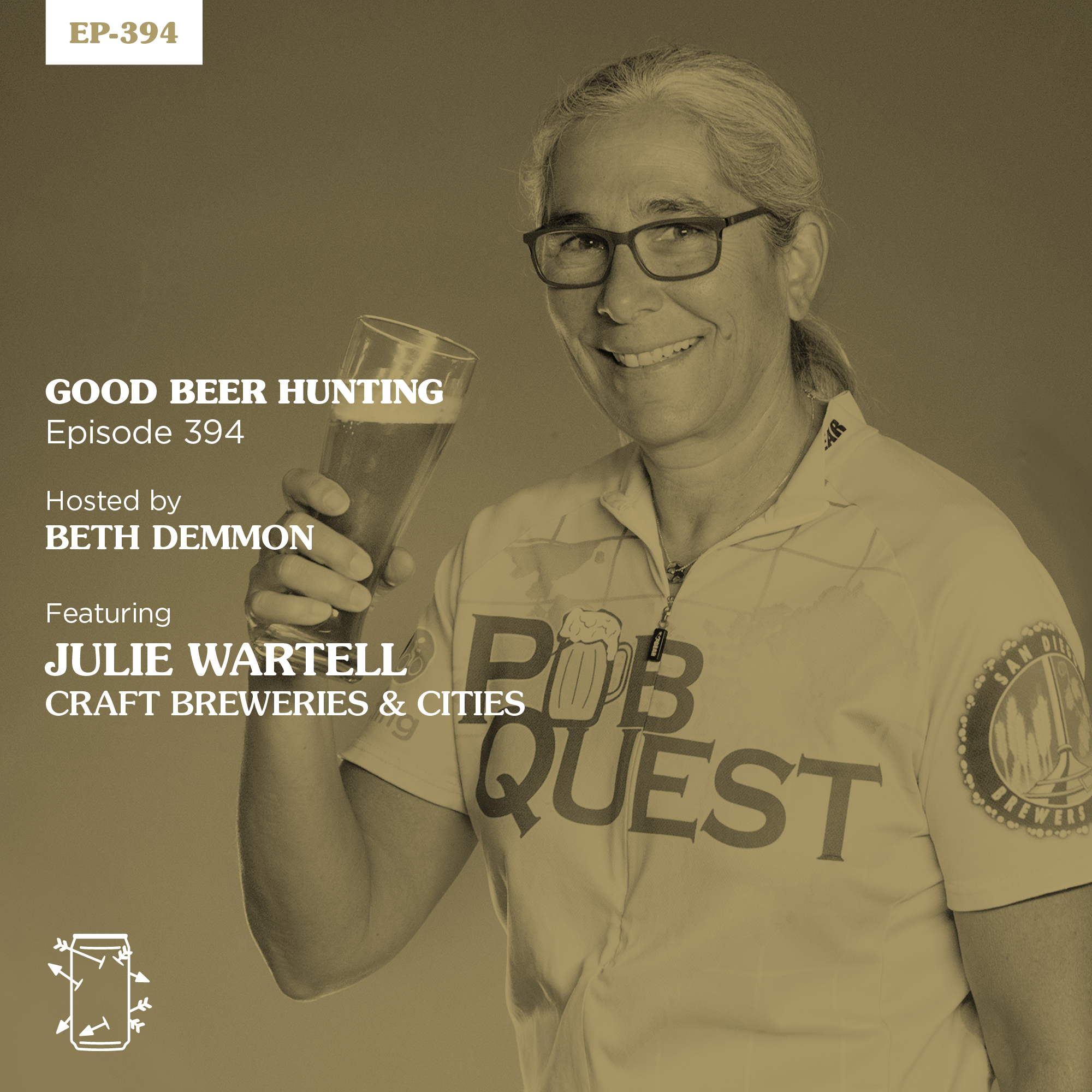EP-394 Julie Wartell, editor of Craft Breweries & Cities: Perspectives from the Field

When scouting locations to open a new brewery, quite a few things are left to chance. What\u2019s available to lease, in the right price range, in the right area, at the right time? Data sometimes comes into play, but then again, sometimes, it\u2019s just vibes.\xa0
Julie Wartell, a continuing lecturer at the University of California, San Diego and co-editor of the academic text titled \u201cCraft Breweries and Cities: Perspectives from the Field,\u201d believes that statistics and scientific measurements should play a larger role in these types of decisions, as well as affecting many more perceptions and beliefs about craft beer\u2019s influence on its surroundings. How does the presence of alcohol impact things like public safety, gentrification, or the economics of a community, and what\u2019s the difference between breweries, bars, and other alcohol-centric establishments? Why are there so many resources for technical brewing, but almost none about the social science of the beer industry itself? These are the questions that led to the text, which she hopes more breweries, business owners, residents, beer enthusiasts, and government employees will use to examine the reasoning behind the decisions they make, and perhaps even improve the way we think about craft beer as a cultural force.\xa0
In this episode, Julie and I talk about what breweries contribute to cities, and how she uses maps and data to draw scientific conclusions that may not always correlate with public opinion. She shares her professional background as a crime analyst, as well as her personal passion for beer, and how she\u2019s managed to find overlaps between the two through her work and research. Even as someone who writes about, analyzes, and enjoys beer, I found myself realizing that I, too, have some impressions of beer at large that are much more emotionally-charged than data-driven. It\u2019s humbling, if not fascinating to see things from her point of view, and there\u2019s plenty to learn from someone who\u2019s been doing this for 30 years.
\xa0